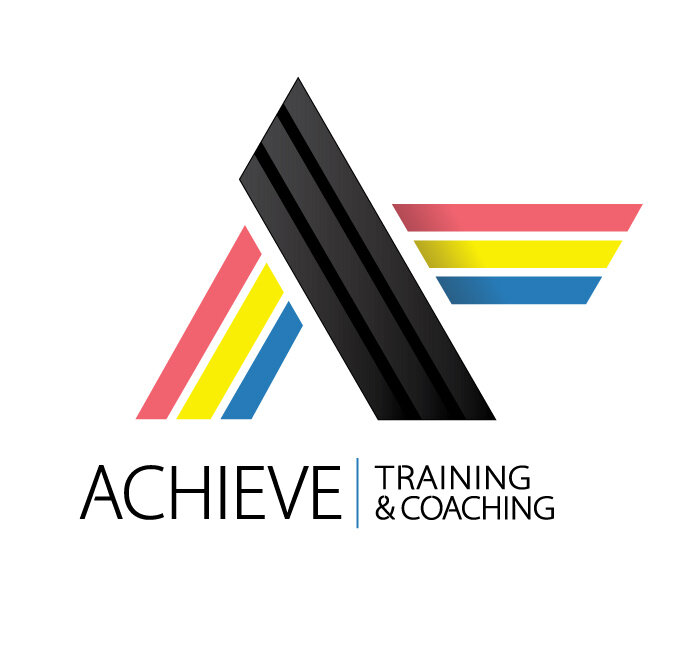How to Prepare for your First Gravel Event
If you’ve been paying attention, you know that gravel riding and racing is on the rise. If you’re new to the scene and want to give gravel racing a try, this blog is for you! We spoke with seasoned Achieve gravel racers and coaches to get their top tips to prepare you for your first gravel event.
Equipment
Let’s start with equipment. Choosing the right bike, tires and gearing can make the difference between a fun day in the saddle or hours of misery. If you aren’t sure if you like gravel riding yet, you don’t need to go out and buy new equipment just yet. But there are two big equipment considerations you’ll want to take whether or not you’re gunning for a top placing or just showing up to have fun.
Tire Choice
Tire choice can have a major impact on how well you do and how comfortable your ride is. Try to pick the most efficient yet comfortable tire for the course as a whole.
2019 Grasshopper Adventure Series Overall Winner (Age 30-39) Ryan Rinn had this to say:
“Just a couple of weeks ago at Grasshopper Low Gap I saw some strong riders run narrow and slick tires that carried them up the 6-mile road climb much more efficiently than my slightly knobby 38’s, but when we hit the thick mud they lost that advantage. I prefer the advantage of being able to descend faster and with confidence in the dirt and mud.
In the end, play to your strengths. If you’re more comfortable on your mountain bike, that can be an advantage on a gravel course because it’s what you ride best.”
Gear Selection
Gravel events tend to be long with varied terrain, including some steep pitches. Gear choice can be a huge advantage and save your legs for the hours-long event. Don’t be afraid to run easier gearing.
“With the dirt and bigger tires, you’re less likely to spin out than if you were on the road. I run the Sram AXS Eagle 10-50 mtb cassette in the rear and alternate a 40 or 44 single chainring in the front” says Rinn.
Repair Kit
Flat tires and technicals are a normal part of gravel racing. Expect the unexpected and bring your own repair kit.
Kit Essentials:
1-2 Spare Tubes
CO2 canisters
Dynaplug to plug any holes in the tire
Multi-Tool
Course Knowledge
You can never know a course too well. Do your research and recon the course in person if you’re able to.
“Pro Tip: Download the route to your cycling computer”
“Most races are marked, but the turns can be easy to miss and if you’re by yourself it can be a long time before you figure out you’re going the wrong way. I’ve lost a couple races simply because I blew past a turn.”
““The most important thing is knowing the course and your equipment. If you’re not going for the win, then that takes a bit of the pressure off since the majority of the riders have the same mindset,” says Rinn.”
Coach Tips
Achieve athlete Clara Wang riding gravel on Mt Tamalpais.
Achieve Coach Jackson Duncan on Seated Climbing:
“I’ve found that dirt climbs can be more fatiguing if I haven’t done much training seated. The lesser traction of dirt roads can necessitate seated climbing. If you have a big gravel ride on your calendar and naturally like to stand up and sit down on a climb, practice staying seated for some longer climbs.”
Achieve Coach Ryan Moore on Training Prep:
“Prep work makes for less hurt! Make sure you’ve adequately prepared for the event. If you’re a more advanced rider/racer and are really aiming for that impressive result, be sure you’ve done adequate prep and training, this includes longer rides that mirror the course, as well as specific interval training that can replicate the type of efforts required on race day.
If your goals are more geared towards a great ride and challenging yourself, prep can be as simple as making sure your upcoming event isn’t going to be the longest hardest ride you’ve done recently. This can be really helpful both mentally and physically.”
Achieve Athlete Jamie Knowlton enjoying the fans and a hand-up at Fish Rock Grasshopper Race.
Coach Tip on Nutrition:
“Don’t underestimate the power of smart nutrition to help you feel strong and powerful throughout an event, especially for the super long gravel rides.
First, focus on staying hydrated throughout the event with electrolyte fluids (something containing both salt and a little sugar). Drink at least 24 ounces of fluids per hour, more if it’s warm out or you’re sweating a lot.
Second, plan out what you will eat every hour of racing. Bring a variety of high-carb foods and hold off on gels until the tail-end of the event. For example, a 150-lb person should aim to consume approximately 68g of carbohydrates per hour of high-intensity racing.”
Coach Dana on Workouts:
“Within the last 3 weeks before your target event/race, I recommend incorporating efforts that mimic the demands of the race (eg. 4x8min high-intensity efforts, 4min rest between). Do this type of training session 1-2 times per week within the last 3 weeks before the event.”
Good luck and have fun!




